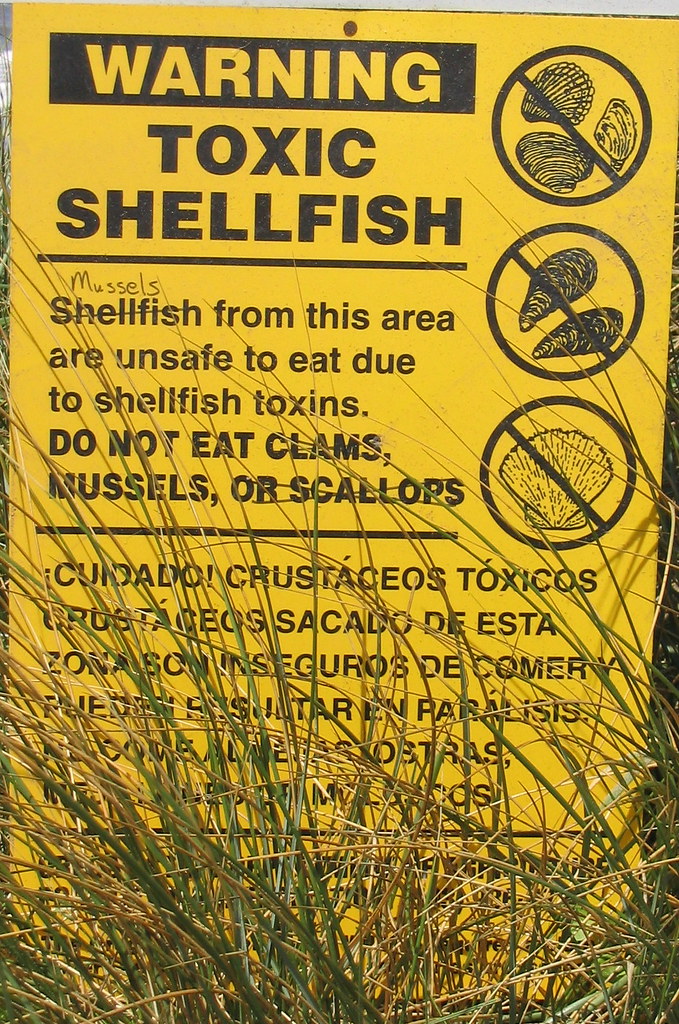Karenia brevis is the scientific name for a single-celled marine dinoflagellate known for its toxicity, which can manifest in high concentrations as a “red tide.” This dinoflagellate and the red tides that it produces are not new. Ocean waters are home to many dinoflagellates and other types of plankton. The problem arises when populations become too large and create HABs, or harmful algal blooms.

Algal blooms often occur in cycles or seasonally. Famously, there is a spring algal bloom in temperate marine environments as waters warm and juvenile fishes are needing to eat and grow. Red tides often occur on Florida’s Gulf coast in the fall, but the severity of it varies year-to-year. After enough K. brevis organisms accumulate in an area and begin to increase in numbers, a bloom has begun. However, it’s when a bloom moves inshore and is fed by nutrient-rich runoff that the concentrations and bloom duration can really increase.
Karenia brevis—and the resulting red tides—create areas of brevetoxins, which are harmful compounds that threaten other marine life, and even humans. Brevetoxins are thought to have claimed over 500 Florida manatees, a dozen dolphins, hundreds of sea turtles, and thousands of fish. Deaths may be even higher, however, as not all mortalities are observed and/or reported.

Red tides are a direct threat to humans in several ways. One common way is through the air, not the water. The toxins produced by a red tide can enter the surrounding air, and when inhaled by humans it can trigger asthma or other respiratory stressors and infections. Shellfish also pose another risk to humans when a red tide is present. Because shellfish filter large amounts of water, they often concentrate toxins when a red tide is in the area. If these shellfish are harvested and consumed—and cooking will not detoxify the shellfish—then humans will ingest the toxins and can become very sick and even die.

See a NOAA video about red tides here.
Read about Florida’s monitoring of red tides here.
Check current conditions before you go to the beach here and here.
